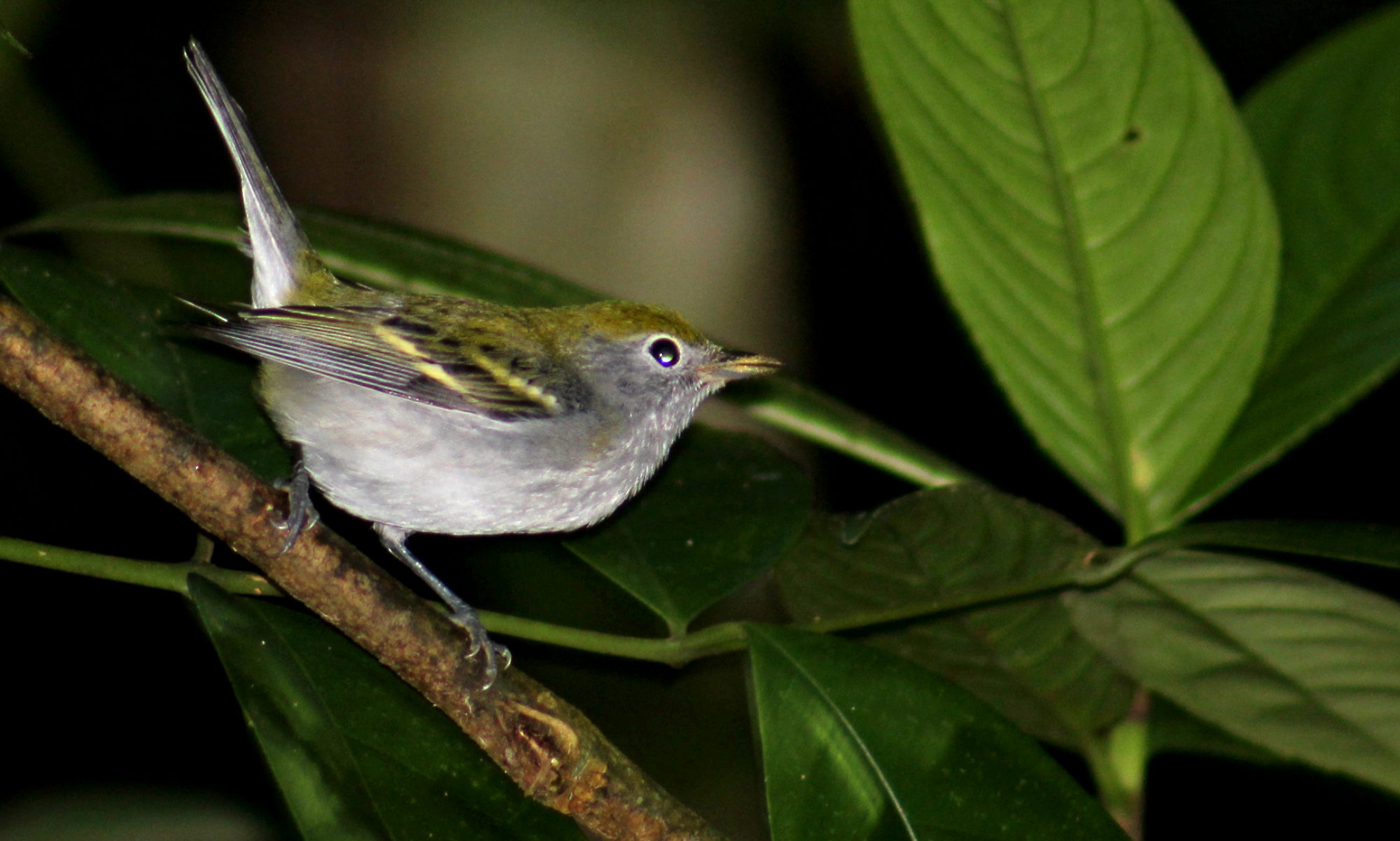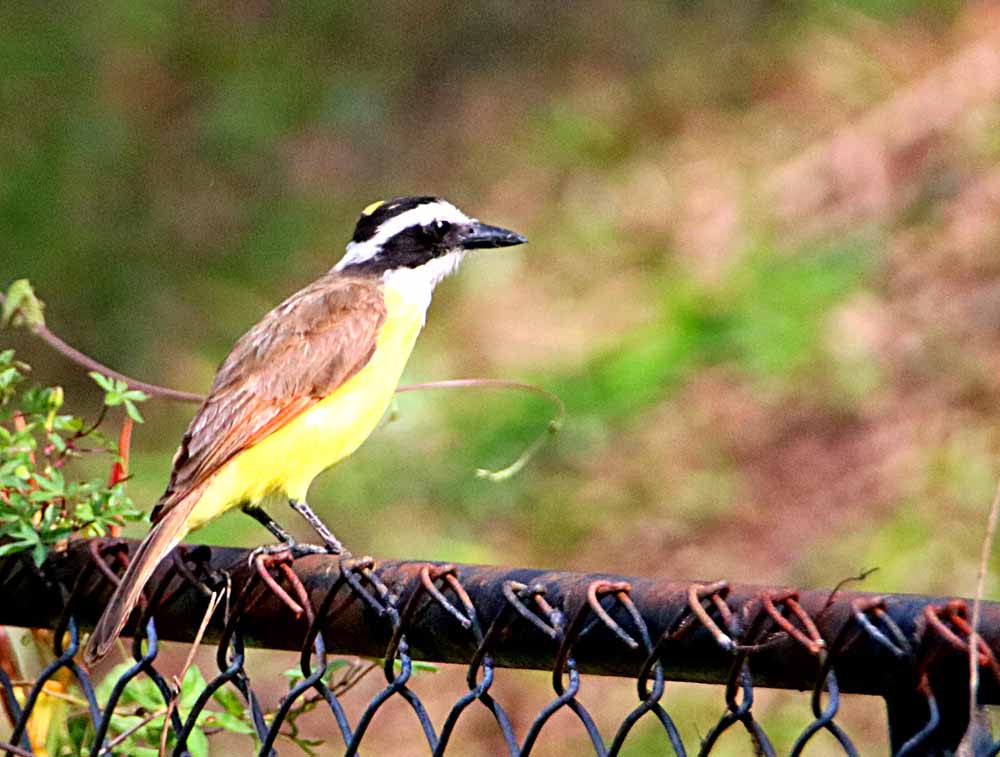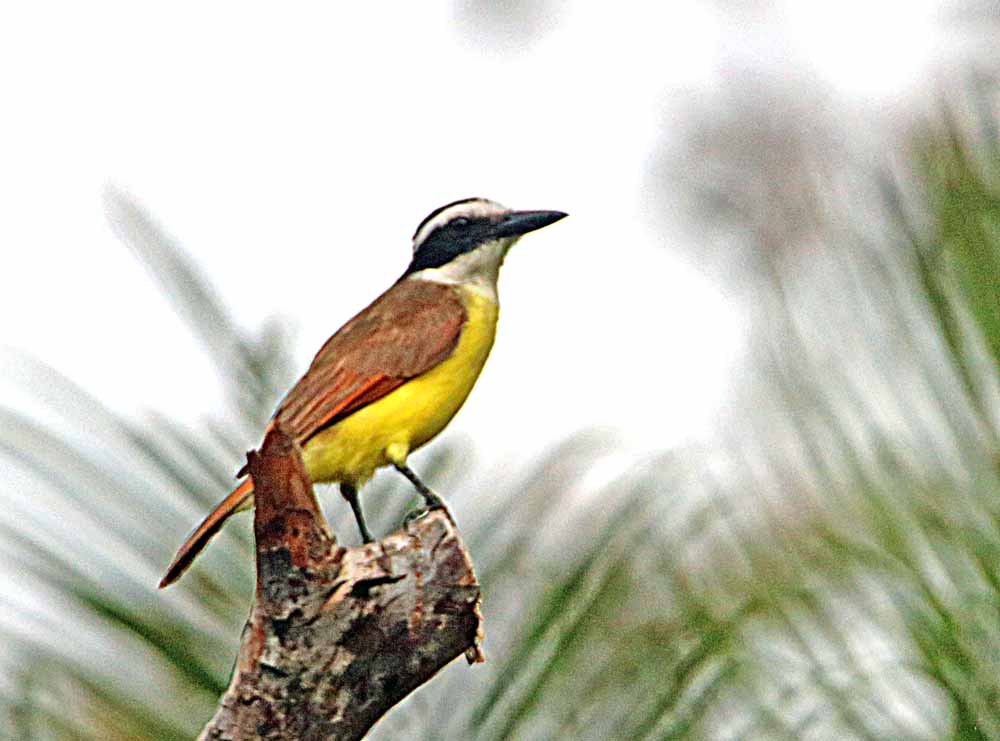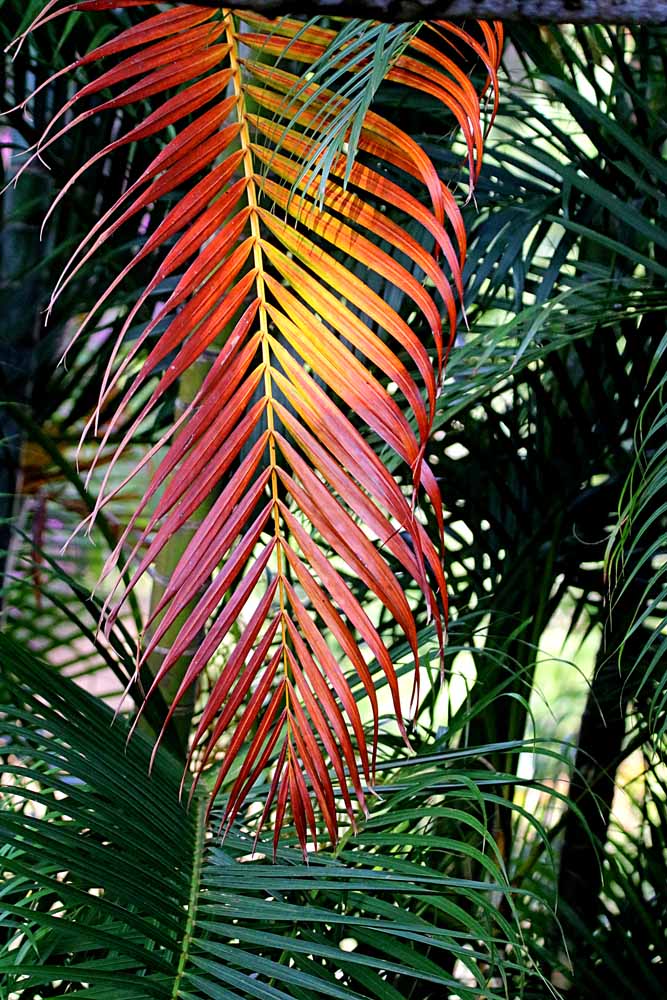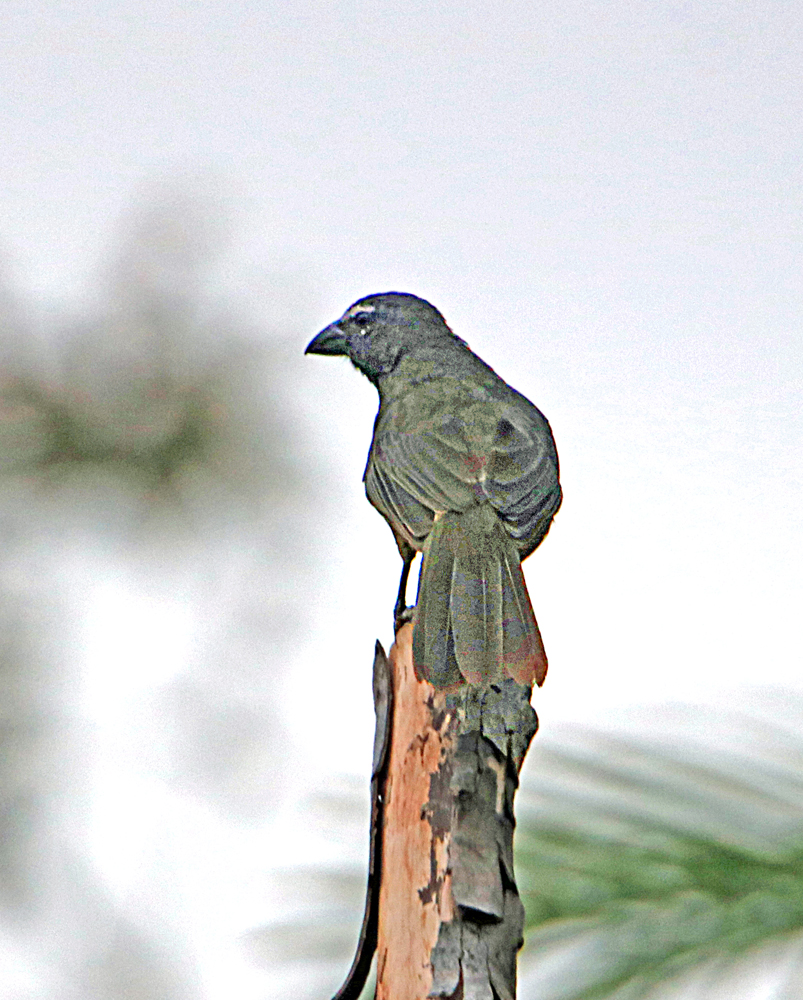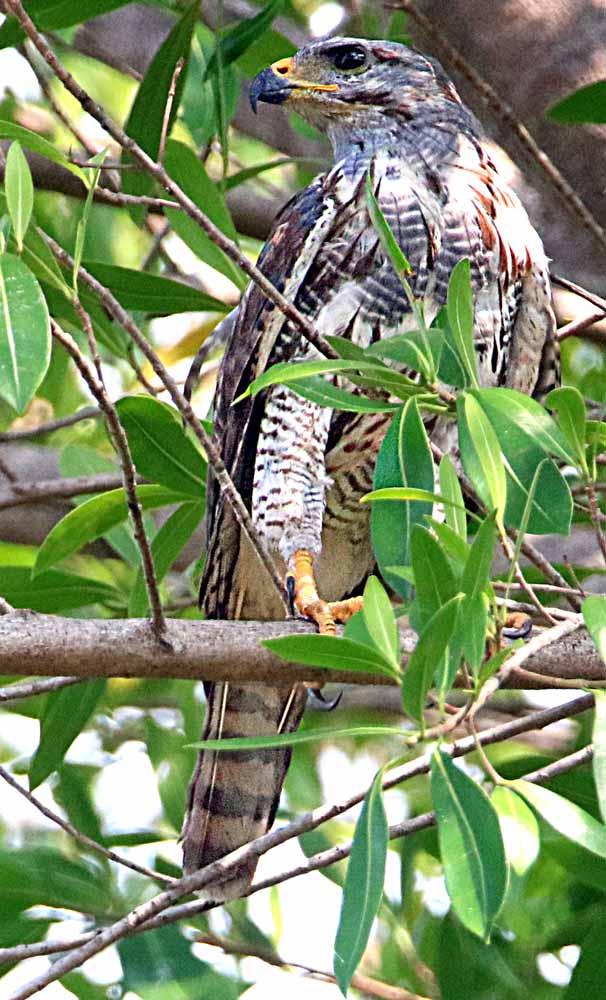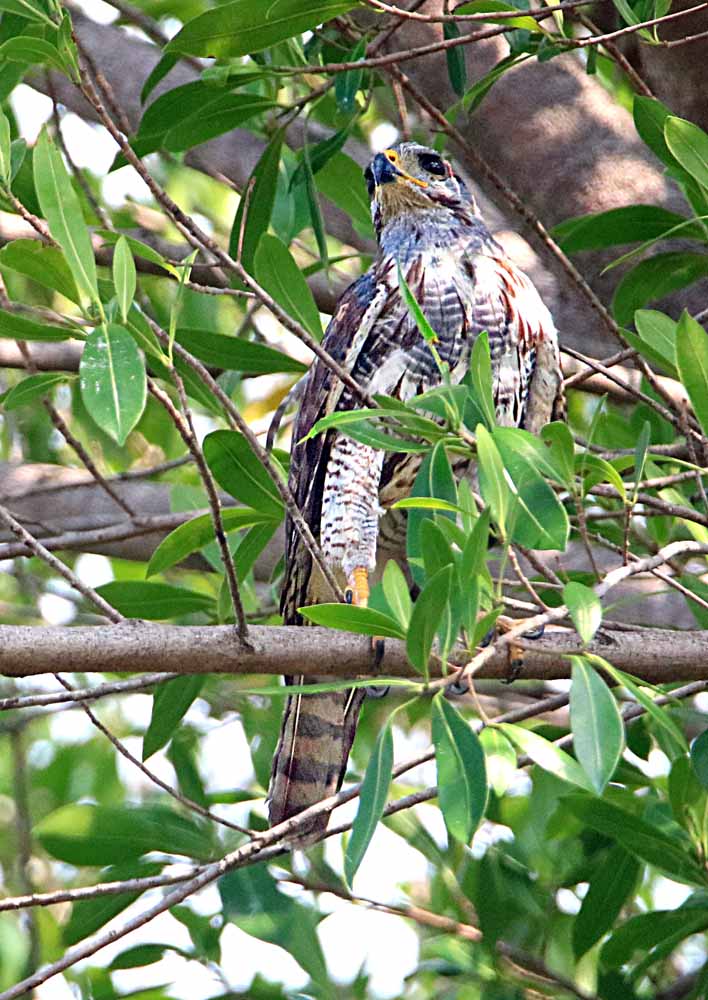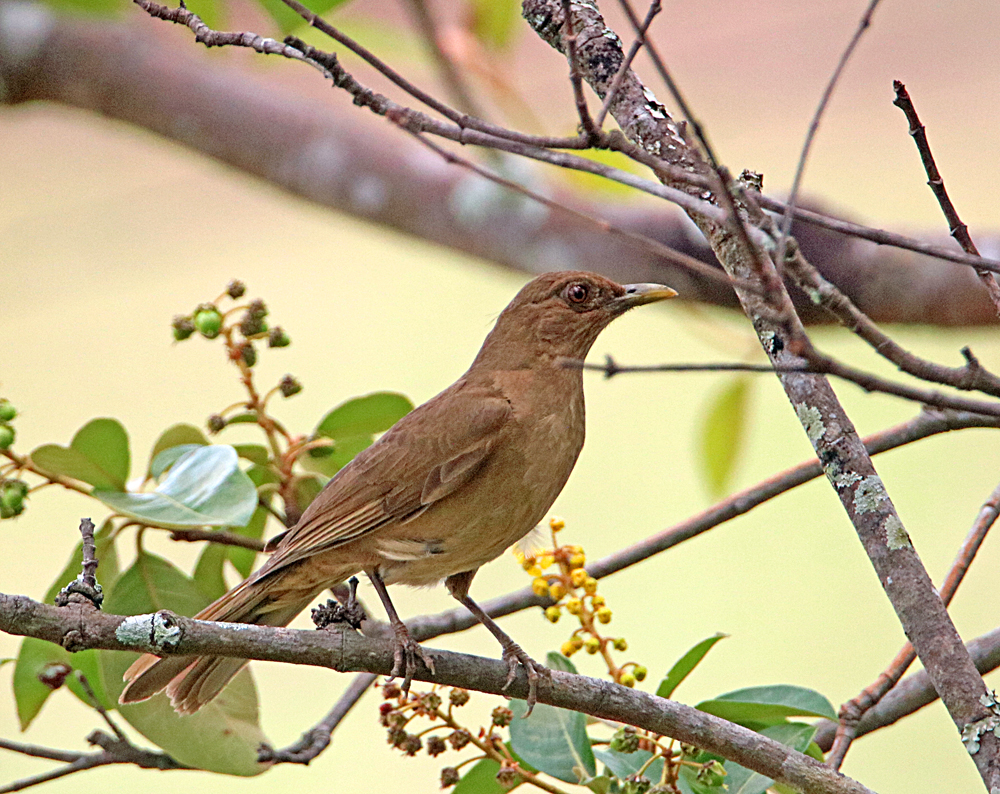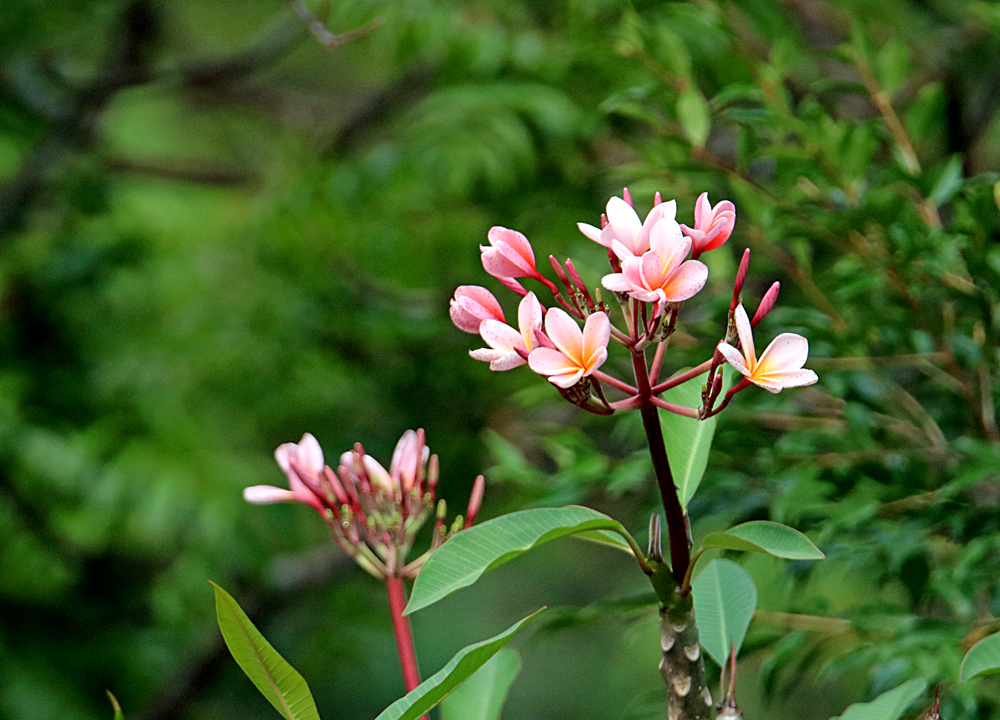Though it is still too windy for many birds, they have to eat and late afternoon is their last chance of the day. Two of these Stripe-headed Sparrows – Peucaea ruficauda (eBird link) were moving from a tree to the fence and to the ground, looking for possibly seeds or insects or worms. It is another purely Central American bird found from Costa Rica to Mexico. See more of my photos of this bird in my Stripe-headed Sparrow GALLERY. You will note there that I’ve seen this sparrow only one other time here in Atenas (2020) and once in Guanacaste at Rincon de la Vieja (2019). Thus not one of my regulars! 🙂 And for you birders here in Costa Rica, yes, he is very similar to the Black-striped Sparrow seen on both slopes of Costa Rica (while this one is only on the Pacific Slope), BUT with multiple obvious physical & color differences, making both easy to ID. 🙂
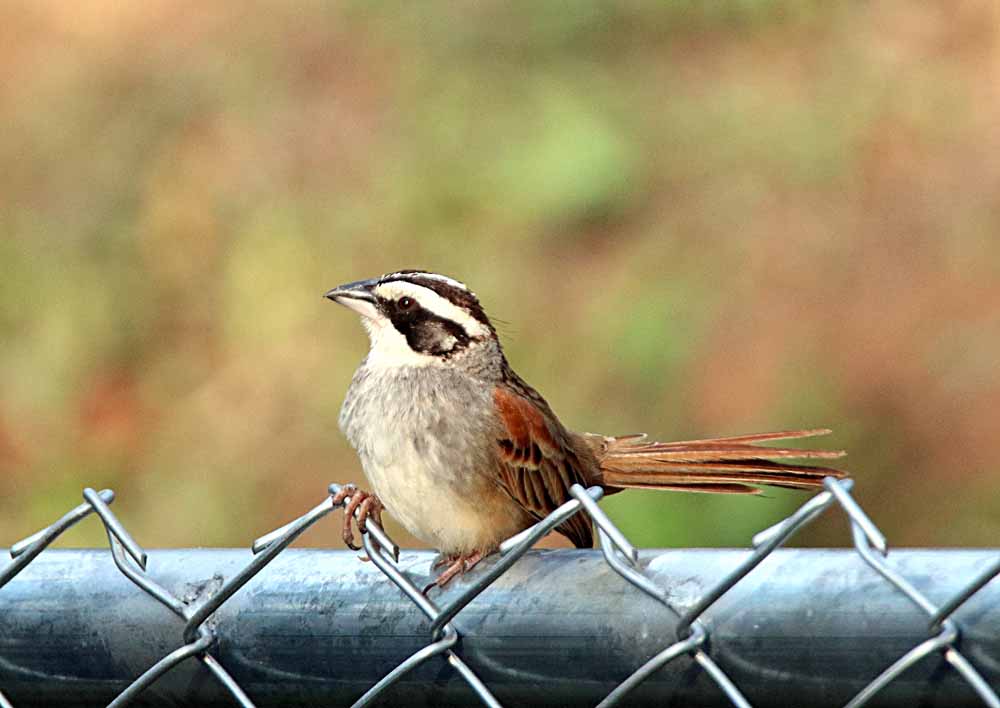
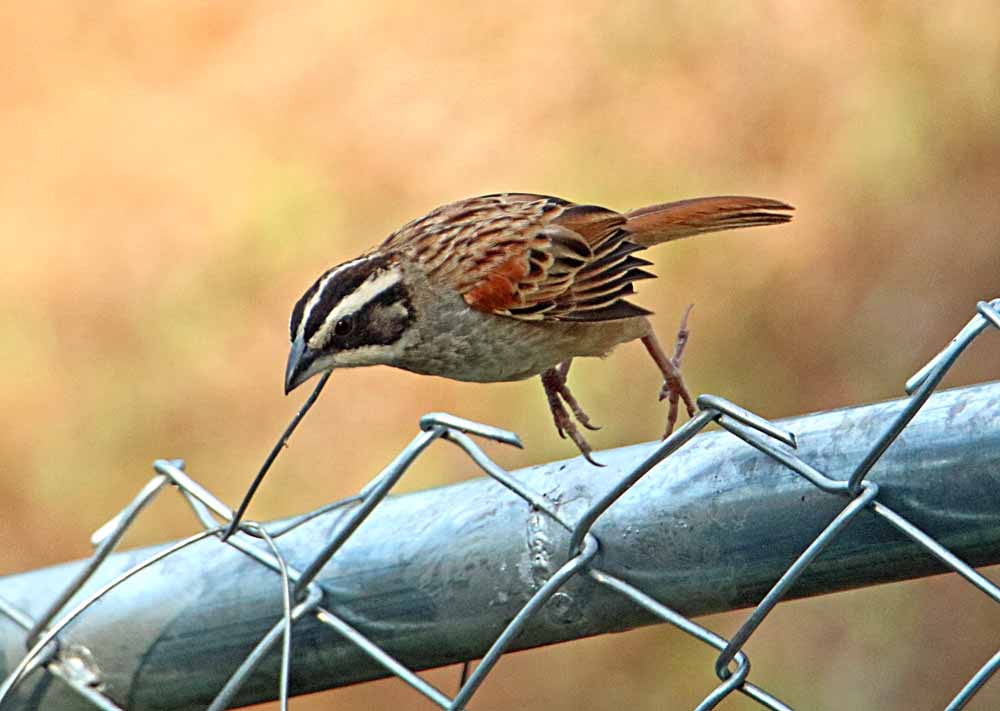
¡Pura Vida!
